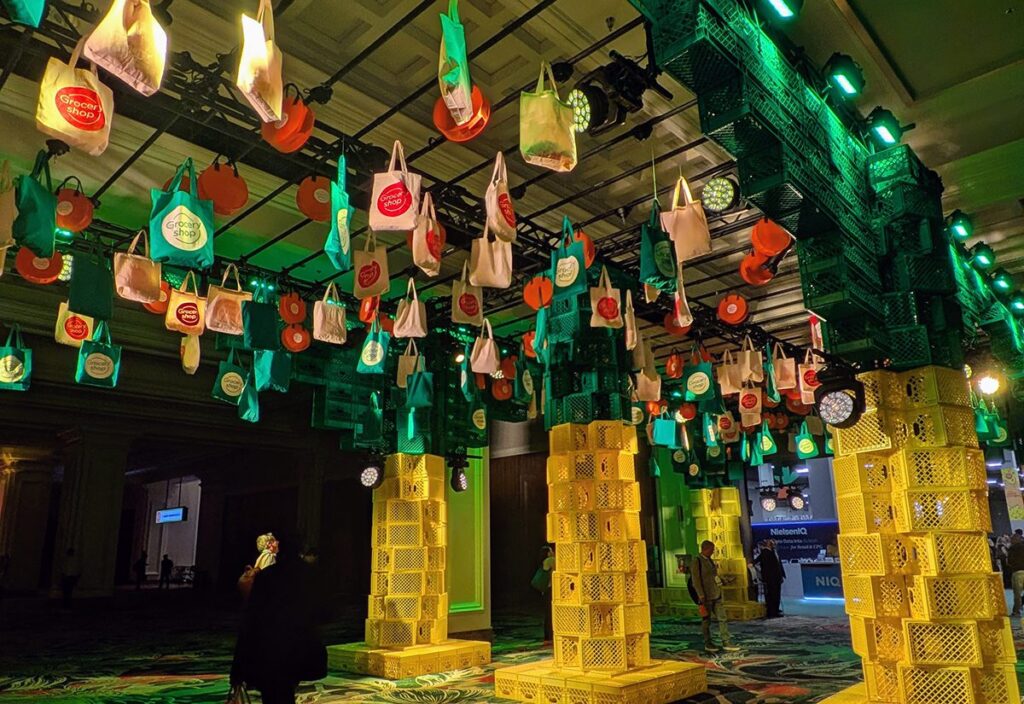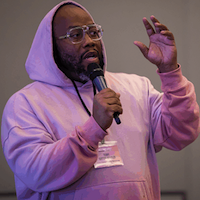It’s the dangling carrot — the incentive that motivates a consumer to take an action. But how do marketers determine what that carrot looks like? Will consumers be receptive to it? Is it what they want? Is it what they need? And, most important, can I afford to dangle it?
With marketing budgets becoming tighter and tighter, one good strategy is to offer a handful of “baby carrots” rather than one large carrot. For example, instead of investing in one grand prize for one winner for a new promotion — like $1 million or a new car — offer a handful of smaller giveaways to a greater number of winners. This approach is successful for a number of reasons:
-
Consumers are more likely to sign up for a sweepstakes or contest if they feel their chances of winning are enhanced. That sense of attainability, the “Wow! I could really win this” factor, is truly a powerful motivator.
-
It’s beneficial to create a positive brand experience with more than one winner. By selecting 50 people to win $1,000 versus one person to win $50,000, marketers are able to build an army of loyal brand ambassadors who will continue to promote the brand.
-
People love winning free stuff — Period! — and that’s true in any economic climate. But given the state of the current economy, consumers are more actively looking for promotions offering a chance at winning a freebie. They are paying more attention, and even the smaller prizes are generating a great deal of interest.
-
Capitalizing on smaller, lower-value items allows marketers to imprint their logo or message, which permanently reinforces consumer loyalty and provides a little more “bang for your buck.”
Additionally, the more a giveaway item aligns with the target audience’s interests and the more directly it ties to the consumption of the brand, the greater the participation. Developing a prize that is both relevant and interesting to the audience is critical in generating maximum participation.
For example, we recently developed a promotion for a healthy frozen snack product. The marketing was geared toward “soccer moms,” and the product required toasting. Therefore, we offered consumers the chance to win dozens of free toaster ovens and gift cards to a popular sporting goods retailer (for their kids). While the prize was more practical and may not have been as sexy as some other giveaway options, we received hundreds of thousands of site visits and entries in a little over a month. This led to a double-digit sales increase and secured the product as the fastest growing brand in the frozen snack category.
When there isn’t a flashy prize on the line that people will talk about, marketers need to step up their promotional game. Where can I best reach my audience? Who’s going to want or care about this prize?
Yes, the toaster oven and gift card incentive played a major role in the overwhelming response. But because the prize was so targeted to a specific audience, it was just as important to target our publicity efforts. Using a focused online banner campaign and e-mail blasts, and partnering with a cost-effective national youth sports network, allowed us to pinpoint our soccer-mom target.
Additionally, at the hub of this campaign was a feature-rich sweepstakes entry microsite that enabled the brand to engage consumers, reinforce key product attributes, offer coupons and solicit consumer feedback by using interactive games and entertaining content.
Last, the hundreds of thousands of contacts we garnered can now be used for future, cost-effective, one-to-one, brand-to-consumer dialogue — which is typically the end-goal of any sweepstakes.
So, sometimes thinking smaller can be better. The results of the frozen snack campaign were attained at a fraction of the cost and time it would have taken to generate the quantity and quality of consumer brand interaction had we used traditional media and methods. Instead, we developed a simple promotion that really resonated with our target.
Marketers are continually faced with the growing challenge of shrinking budgets. Yet, thinking strategically about the target audience and their lifestyles, and giving that audience more opportunity to win, will result in successful, cost-effective incentive campaigns. Think small and win big.
Miles Smith is partner and director of business development at the Smith Brothers Agency. He can be reached at miles@smithbrosagency.com.



